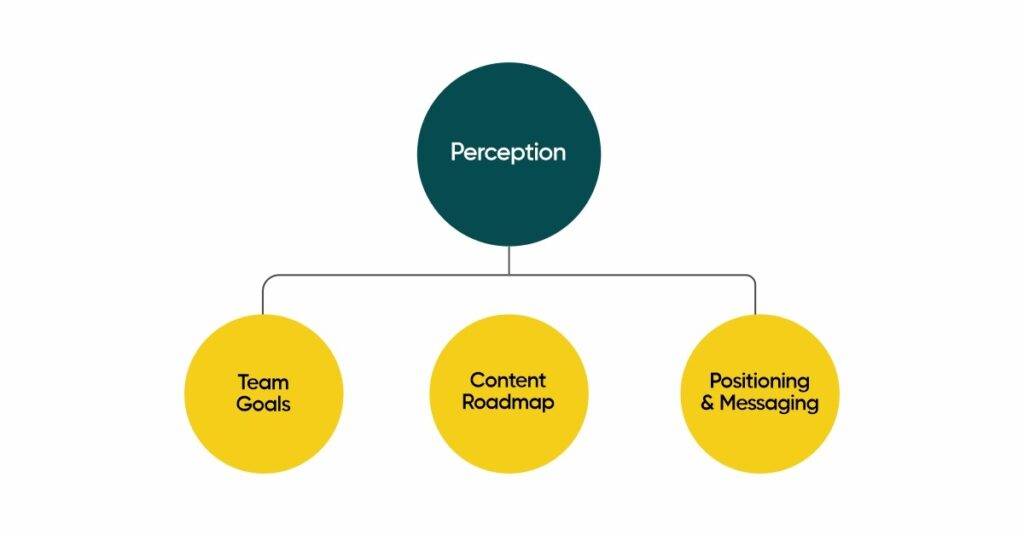
Introduction to Political Marketing and Its Lessons
Political marketing, often criticized, holds significant value for marketers. By closely observing the marketing strategies of political parties across different countries—India, Germany, the U.S., and the U.K.—one can uncover valuable lessons. A standout element to adopt from political campaigns is their focus on shaping perception.
Perception vs. Positioning
While positioning is given too much importance in framing marketing strategy, perception deserves a higher priority. Perception goes beyond logical statements; it encapsulates the emotional and cultural essence of what your brand represents.
Definition of perception.
If you could see into the future and put words in your audiences’ mouths, what would they say about your company?
Perception is that guiding force—more actionable and clarifying than simply drafting positioning statements or brand values. It aligns with how you want to be known, blending the culture of your target audience with the unique aspects of your product.

Examples of Brand Perceptions
- Stripe: Positions itself as the go-to payment solution for developers, allowing them to focus on core product features without worrying about payment infrastructure.
- Asana: Conveys the perception that teamwork can be effortless, even though real-world teamwork is fraught with challenges like miscommunication and conflicts.
Both brands integrate these perceptions into their content, design, and community-building strategies, ensuring a consistent narrative that resonates deeply with their audience.
The Practical Role of Perception in Marketing
Perception should guide your marketing efforts across multiple dimensions:
- Content Strategy: Begin by identifying your brand’s strongest, boldest, and most provocative opinions. Map each perception in a structured framework, linking it to specific content types, goals, and distribution strategies.
- Goal-Setting: Combine perception with KPIs to shape marketing team objectives.
- Differentiation: Ensure your perceptions are unique and memorable—something no competitor can claim.

Creating a Perception Framework
To develop meaningful perceptions, ask these questions:
- What do you want your company to be remembered for?
- How will the world change if your company is wildly successful?
- What movement or change is your company part of?
Answering these questions will help you identify three to four memorable perceptions that align with your brand’s purpose.
Validation of Perception
Effective perceptions:
- Is it unique and unclaimed by competitors?
- Is it memorable and resonates with customers?
- Drive your most engaged and loyal customers to share them.
- Ladder up to a cohesive content strategy.

Conclusion
Perception isn’t just an abstract idea—it’s a practical and powerful tool for anchoring your brand strategy, content roadmap, and team goals. By focusing on perceptions, you ensure your marketing efforts create a lasting, meaningful impact that goes beyond surface-level positioning statements.
